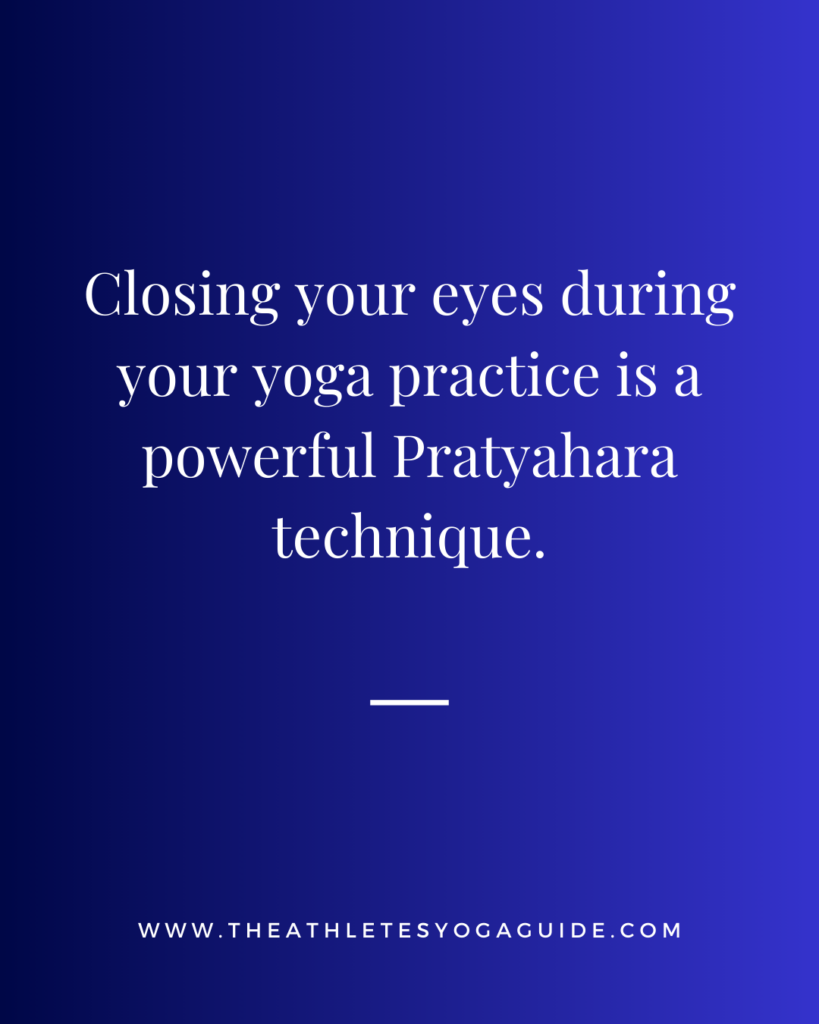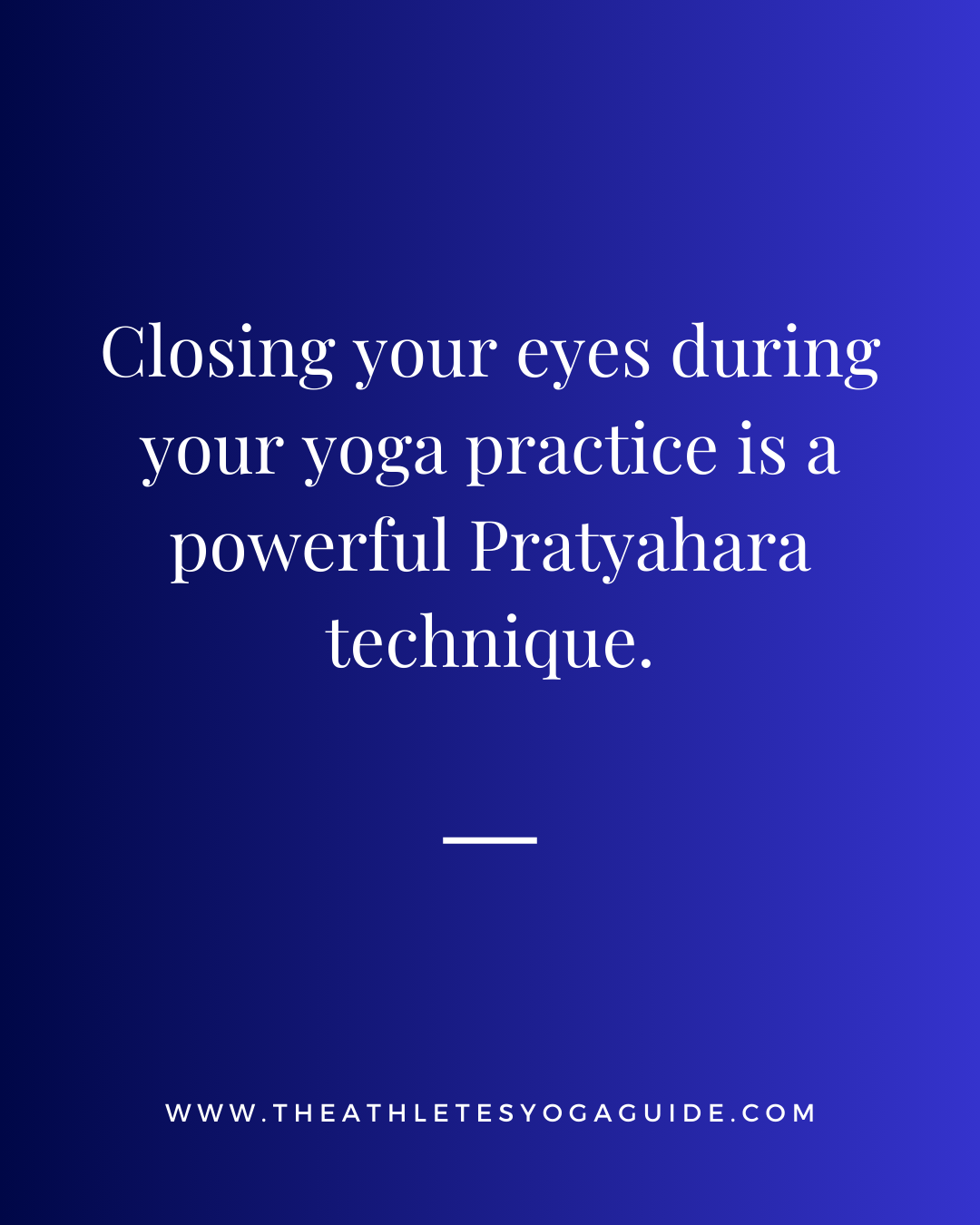Today we will talk about pratyahara in yoga. Have you ever noticed how easy it is to get caught in the constant hum of the external world? The incessant ping of notifications, the never-ending to-do list, the barrage of sights and sounds. It’s enough to make even the most centered yogi feel a touch frazzled. This, my friends, is where the art of Pratyahara comes in. Pratyahara is the practice of withdrawing our attention from the senses and turning inward.
Think of it like this: our senses are like a symphony orchestra. Each instrument – sight, sound, smell, taste, and touch, plays its own melody, contributing to the grand symphony of life. But sometimes, the orchestra gets a little out of control. The trumpets blare, the cymbals clash, and the poor conductor (our mind) struggles to maintain order. Pratyahara is the art of stepping back from the conductor’s podium, letting the external noise recede, and focusing on the quieter music playing within.
Techniques
So, how exactly do we turn down the volume on the world and tune into the inner melody? Here are a few Pratyahara techniques you can incorporate into your practice:
Closing the Curtains
This might seem like the most obvious one, but simply closing your eyes during your yoga practice is a powerful Pratyahara technique. By removing visual stimuli, you create space for your mind to become less reactive and more introspective.

Observe internal experiences
We often think of Pratyahara in relation to the external senses, but it applies to our internal world as well. Just like we can be bombarded by external stimuli, we can also get caught up in a whirlwind of thoughts and emotions. Pratyahara invites us to observe these internal experiences without getting entangled in them. The next time you find your mind racing, simply notice the thoughts without judgment. Like clouds drifting across the sky, let them come and go without clinging to them.
Conscious breathing and Pratyahara
Find a comfortable seat, close your eyes, and tune into the rhythm of your breath. In the dance of conscious breath, we anchor ourselves in the present moment, preparing the canvas for the art of Pratyahara to unfold.
Sensory Deprivation
Pratyahara can also be explored through practices like sensory deprivation. In the sanctuary of sensory deprivation, we surrender to the boundless expanse of inner silence. Create a space free from external stimuli, a cocoon of darkness, a sanctuary of silence, and allow yourself to sink into the depths of stillness. In the emptiness of sensory deprivation, we can discover the fullness of our true nature.
Pratyahara and daily Life
The benefits of Pratyahara extend far beyond the yoga mat. By learning to manage our sensory input, we become less reactive to the external world and more in tune with our inner selves. Imagine navigating a crowded supermarket with a focused mind, unfazed by the flashing lights and tempting treats. Picture yourself having a difficult conversation while remaining calm and collected. Pratyahara equips us with the tools to navigate the symphony of life with grace and inner peace.
Remember this about Pratyahara
Remember, mastering Pratyahara is a lifelong journey. There will be days when the world feels overwhelming, and the orchestra seems determined to drown out the inner melody. But with consistent practice and a playful spirit, you’ll learn to turn down the volume on the external and discover the beautiful, calming music playing within. So next time you find yourself feeling overwhelmed, take a deep breath, close your eyes, and let Pratyahara be your guide back to your center. After all, the most beautiful music often comes from the quietest places.

Leave a Reply